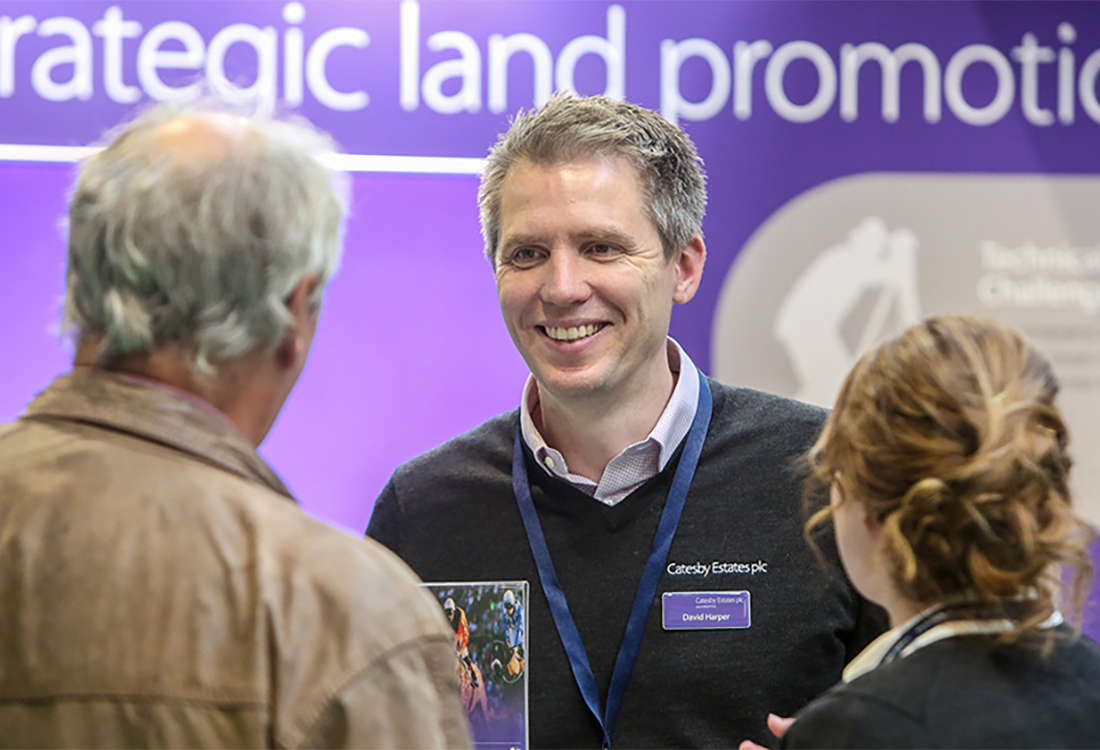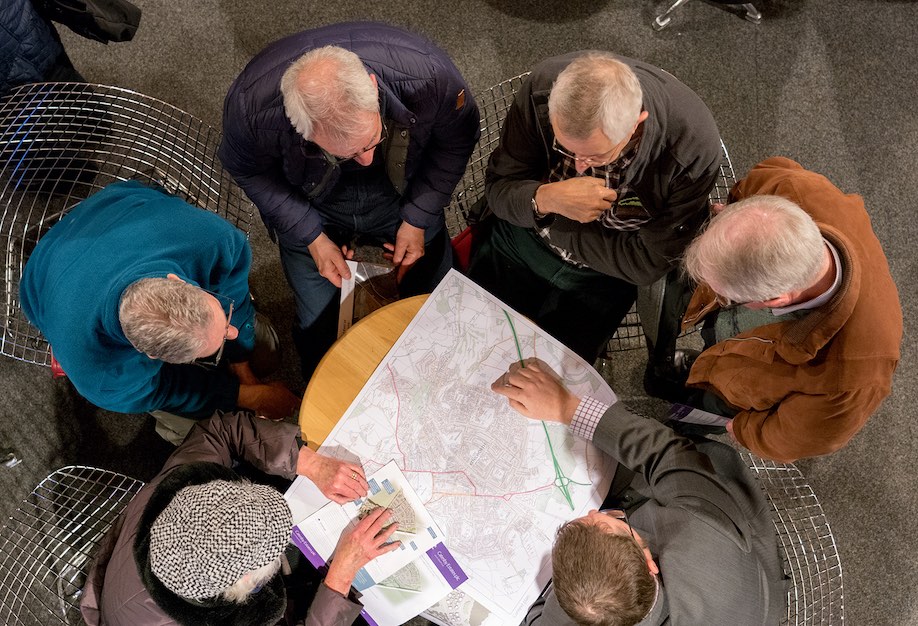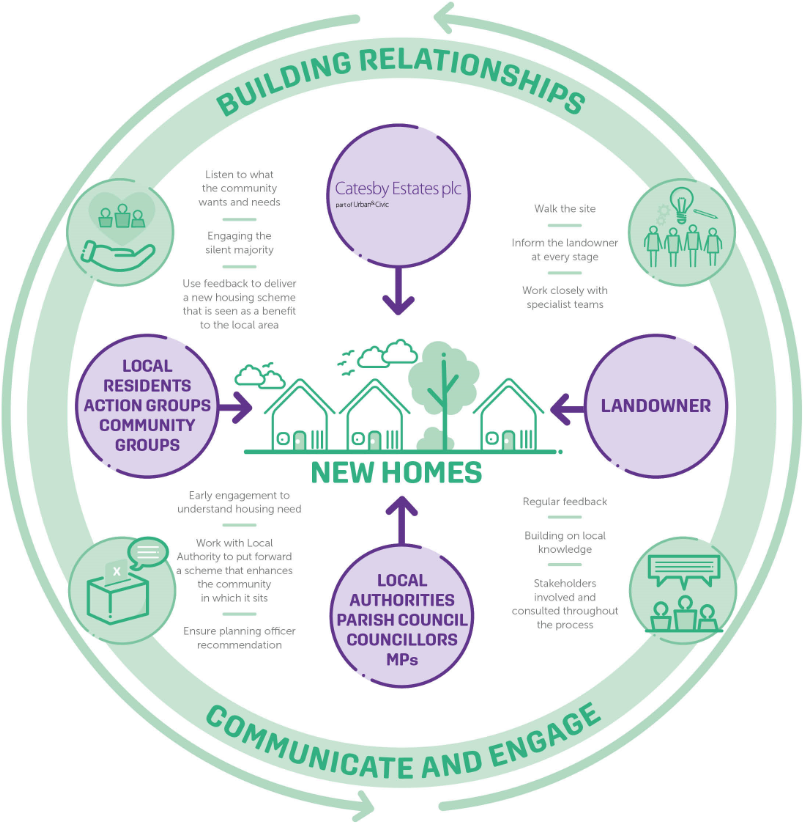Working With The Community
For the planning process to work effectively, land promoters, housebuilders, councils and residents need to work together in partnership to achieve a positive outcome from residential development for local communities.
We work at both a local and national level to help build policy which supports the delivery of new homes and infrastructure in key areas across the country.
We believe the key to our success is our collaborative approach and commitment to delivering sensitively designed housing developments tailored to the character of the local area and providing real community benefits.
Acknowledging the significant roles local stakeholders play in the planning process we have an in-house communications team who engage directly with stakeholders, rather than using external third party agencies.





